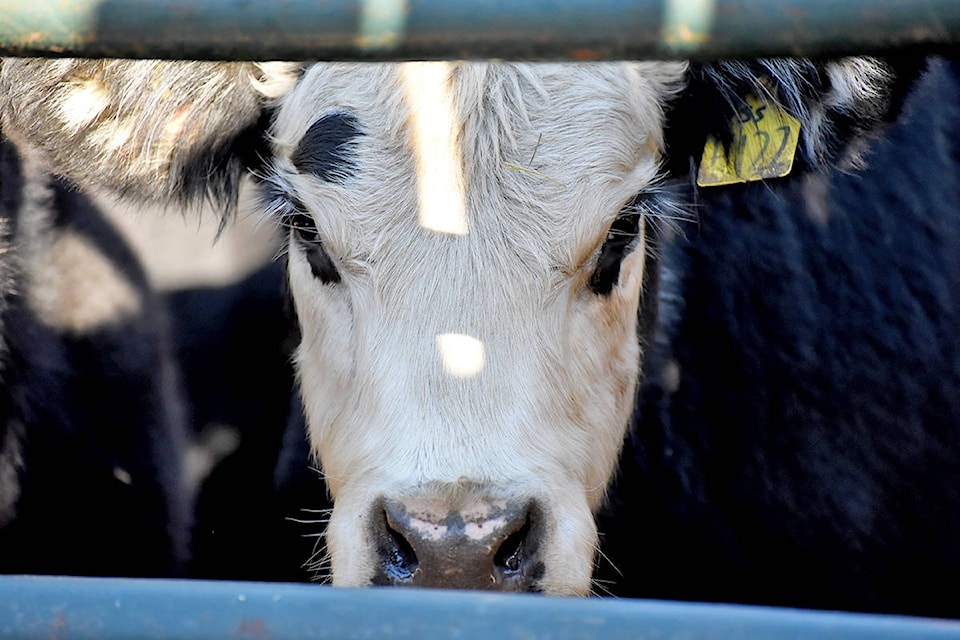David Zirnhelt
Special to the Tribune/Advisor
Fall is the time when ranchers market most of their production.
That’s when the cows come home with their calves unless you don’t have open range on public land, and then they are right there at hand ready to be sorted for sale.
You can hold some animals over the winter if you have or can afford to buy feed you don’t have.
Then you can hope for more profitable gain on those animals.
But the real determinant of your success which is tested this time of year is how many cows bring home a calf which you want to sell.
Some people think the bigger the calf, the better, and it is about the production of a maximum numbers of pounds but really it is the cost of the pound that matters.
We have run out of “preparation” time for this year’s “exam” on the calf production.
Not much we can do but try to bring in the last stragglers and get them on a truck to the sales yard.
We also have to see which cows are pregnant so we can ship the “opens” that is the ones that are not going to calve next year.
Some analysts say that any calf is better that no calf which means that cows that don’t bring home a calf needs to be assessed for the reason.
Was it predation? Was there a disease? Were the calves’ mothers vaccinated? Was the feed on pasture and range adequate? Did the calf get sufficient colostrum at birth to build the immune system?
Do we really have the right cows for the environment we have to keep the cow in?
It is complicated and as husbanders we have to take everything into consideration and make decisions about which cows to keep and which to sell?
Read More: RANCH MUSINGS: Agriculture Days – or is it Daze?
Sometimes a cow that is close to the end of her time as a mother will bring home a smaller calf than normal so it just might be time to sell her or we risk losing her and/or the next calf.
In the end, we are judged by the buyers of our product whether we sell into the wholesale market or finish them and direct market to consumers.
We are graded on what people are willing to pay for the product.
Because there is an abundance of meat raised in the rural areas, we are price takers, not price setters, therefore to make money in our business we have to watch our costs of production.
It had been said by some analysts that it is not the price we are paid but the cost of producing the product which fetches the price we get that matters.
From sale to sale we don’t know what the market will be like, but if the price drops then we can hope we had the foresight to hedge our bets and purchase price insurance.
The premiums for that insurance (paid in the spring) can cost $20-$30 per head.
In a falling market this might make a big difference to the bottom line on this year’s sales.
At this point of selling we are judged or graded on our performance, or rather the performance of the herd we manage.
We can say the market is not fair. But if we do a little honest self- evaluation, we can always try to do better, this winter and next summer in the lead up to the Big Test next year.
Investing in some “professional development” might just help in the preparation for that next “test.”
David Zirnhelt is a rancher and member of the Cariboo Cattlemen’s Association. He is also chair of the Advisory Committee for the Applied Sustainable Ranching Program at TRU.
